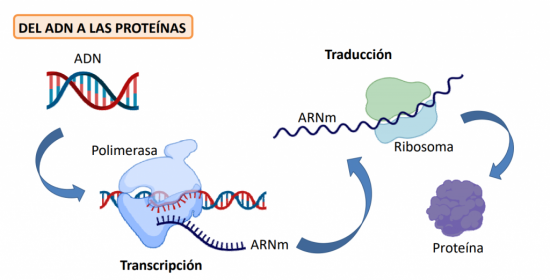Places availables
Time
Viernes 24 a las 17:30 horas a 21:30 horas.
Venue
Edificio Plaza Mayor. Campus de Cantoblanco. Universidad Autónoma de Madrid.
BRIEF DESCRIPTION OF THE ACTIVITY:
The activity is made up of 3 consecutive phases, each of which has a duration of 10 minutes (maximum duration of the activity, 30 minutes).
Each phase of the activity may be carried out by two people at the same time (2 positions per phase). Each time a couple goes to the next phase, the equipment and stalls will be cleaned (estimated at 2 minutes). Subsequently, that position may be filled again.
The maximum capacity of the activity will be 6 people carrying out the activity and the 5 members of the team that develops it.
Each pass of two new people begins with a difference of 15 minutes (each new couple joins the activity 15 minutes apart from the previous one). Taking into account the established schedule between 5:30 p.m. and 9:30 p.m., a maximum of 16 passes could be made. The activity may be carried out by a maximum of 32 people.
1.Look for the mutant:
Explanation: Autophagy process. Dictyostelium discoideum model. European Directive 2010/63 / EU. The 3Rs: replace, reduce and refine the use of animals.
Practice: Study of plates, using a binocular loupe, with Dicty in development to identify WT strains and autophagy mutants A and B.
2. Look for the mutated protein:
E: Use of the genetic code. Gene sequencing and interpretation of chromatograms.
P: Find the sequence of the protein responsible for the phenotype of mutant A. BLAST analysis to arrive at the name of the protein.
3.Look for the mutation and disease:
E: Homologies between proteins.
P: Identification of mutated amino acids and search for similarities with the Dicty homolog of this protein in humans. Identification of the rare disease associated with mutations.
From 15 years old.
